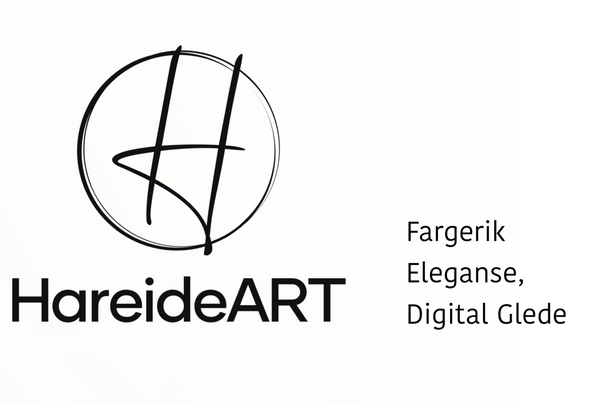1. Be Specific
It may, of course, sound obvious, but an artist statement must be personal and specific to your work. You must avoid writing a general artist statement. If you have sentences that don't say much about your practice or work, they shouldn't be included. The goal should not be to write something to meet the word count or because it sounds good.
If you write vaguely and in general terms, the reader won't know anything about your specific work and what your work is about, which is, after all, the point of the artist statement. When writing, consider your choice of words and language carefully. You are conveying information about your specific work, so ensure that it is accurate and in line with your practice. This means the text must be revised and developed continuously as time passes.
2. Be Clear
To ensure a broad audience understands your artist statement, it should be formulated in a simple and understandable manner. This is especially important if you are writing a statement for an online platform, like your website, where readers with different backgrounds and art expertise may read it. Be direct and use language that precisely explains and conveys your artistic practice in your artist statement.
3. Consider the Context
It may be that you need to write different artist statements for various contexts, such as open calls, social media accounts, grant applications, etc. You may need to adjust your artist statement accordingly, so keep that in mind. For example, an application for an Artist-in-Residence program, which allows artists to work and stay in a location other than their usual environment.
Artist-in-Residence stays provide time for reflection, research, presentation, and production. It also offers an opportunity to explore one's practice in a different community or environment, meet new people, use new materials, and experience life in a new place. The application reviewer may ask you to explain how your work addresses a specific issue or relates to a chosen theme. Therefore, regardless of the situation, don't always rely on a versatile artist statement to use and convey. However, you can start with a general artist statement and work your way up from there. Remember that if a topic or concept isn't genuinely relevant to you or your work, you shouldn't try to shoehorn it into your artist statement.
4. Write and Rewrite
Feel free to write several versions or start with a statement longer than necessary. Then, you can enhance it, make changes, rearrange it, and continue until you have something that you believe is clear, concise, and adequately conveys your work. Also, seek a second, third, or fourth assessment from acquaintances who have seen your work. Asking for feedback from family, friends, or colleagues who aren’t necessarily particularly engaged in the arts is also a wise idea. Gather input from various perspectives.
Editing also benefits from reading your artist statement aloud, either to yourself or someone else. Finally, have someone else provide their opinion on your writing before sending it off or publishing it.
At last: Describe the sources of inspiration for your artwork.
Writing about the inspiration behind your art is one of the best methods to present it to the public. This establishes the groundwork for your explanation of your artwork to the audience. Inspiration may arise from a certain experience or occur on a daily basis. In any case, try to put it in the simplest terms possible. This action achieves the main objective of engaging the audience. A spectator becomes disconnected if this isn't done, particularly with abstract paintings. Without it, all you have to work with is a splotch of different colors on a canvas.
Writing an artist statement that explains your work in a way that influences readers' perspectives is the next crucial step. You can easily misunderstand your art since it represents your point of view. Add a phrase or two explaining your art so that both you and the spectator are on the same page. However, try not to reveal every detail about your work. Aim to pique the viewer's interest enough that they will want to know more about your artwork.


